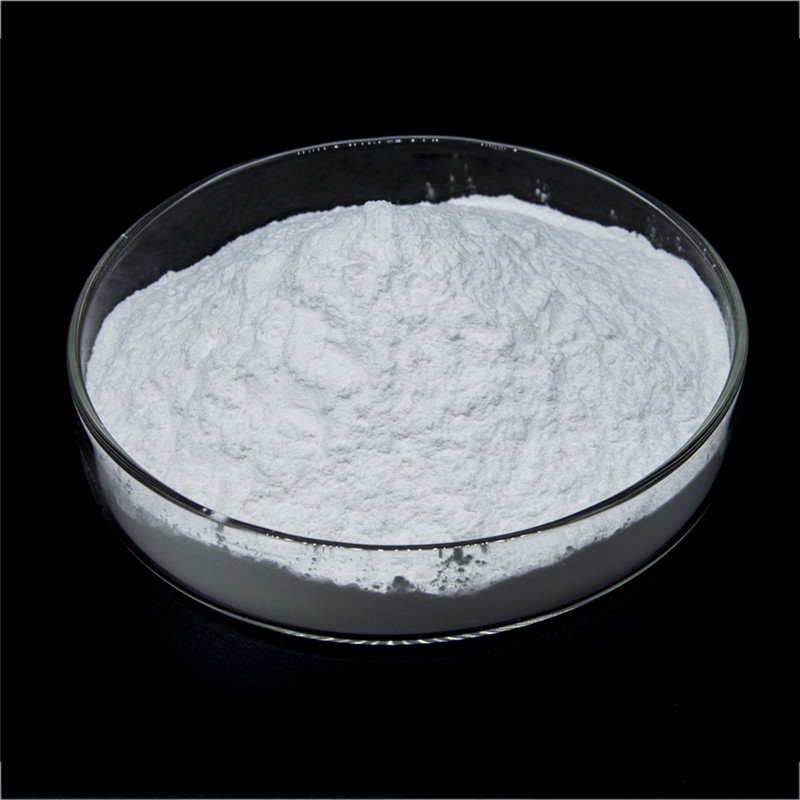White aluminum oxide (Al₂O₃) powder is an excellent choice for wear-resistant coatings due to its high hardness, thermal stability, and chemical inertness. Here’s a detailed breakdown of its properties and applications in wear-resistant coatings:
Properties of White Aluminum Oxide for Wear Resistance
High Hardness (9 on Mohs scale) – Resists abrasion and extends coating lifespan.
Thermal Stability – Maintains integrity at high temperatures (up to ~1900°C).
Chemical Resistance – Inert to acids, alkalis, and corrosive environments.
High Purity (99.5%+ Al₂O₃) – Minimizes impurities that could weaken the coating.
Angular Particle Morphology – Enhances mechanical bonding in coatings.
Applications in Wear-Resistant Coatings
Thermal Spray Coatings (Plasma or HVOF) – Used in industrial machinery, pumps, and aerospace components.
Epoxy/Ceramic Composite Coatings – Applied to pipelines, mining equipment, and automotive parts.
Abrasion-Resistant Linings – For chutes, hoppers, and cyclones in mining and cement industries.
Coating Methods
Plasma Spraying – Melts and propels alumina powder onto surfaces for dense, hard coatings.
HVOF (High-Velocity Oxygen Fuel) – Produces coatings with low porosity and high adhesion.
Sol-Gel or Polymer Composites – For thinner, chemically bonded coatings.
Advantages Over Alternatives
Better than Brown Alumina: Higher purity, fewer impurities, better for corrosive environments.
More Affordable than SiC or Zirconia: While slightly less hard than silicon carbide, it’s more cost-effective.
Considerations
Particle Size: Finer particles (~10–45 µm) for smooth coatings; coarser (45–100 µm) for rough abrasion resistance.
Bonding Agents: Use silica or specialized resins to improve adhesion.

